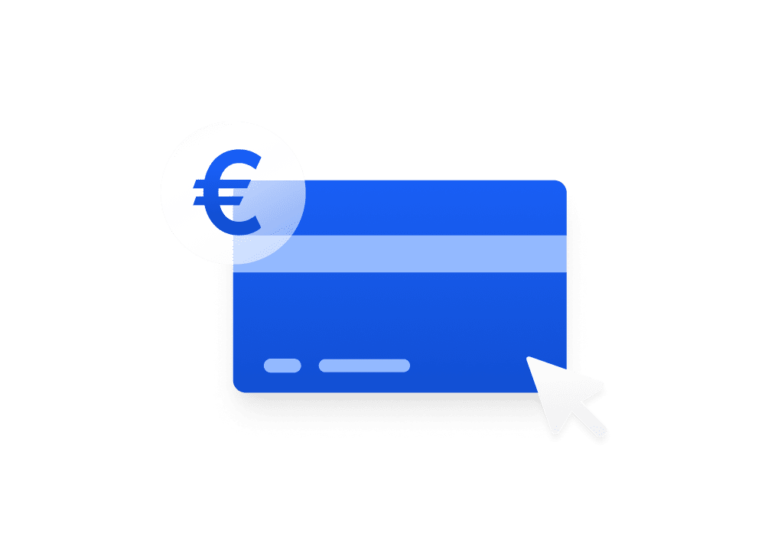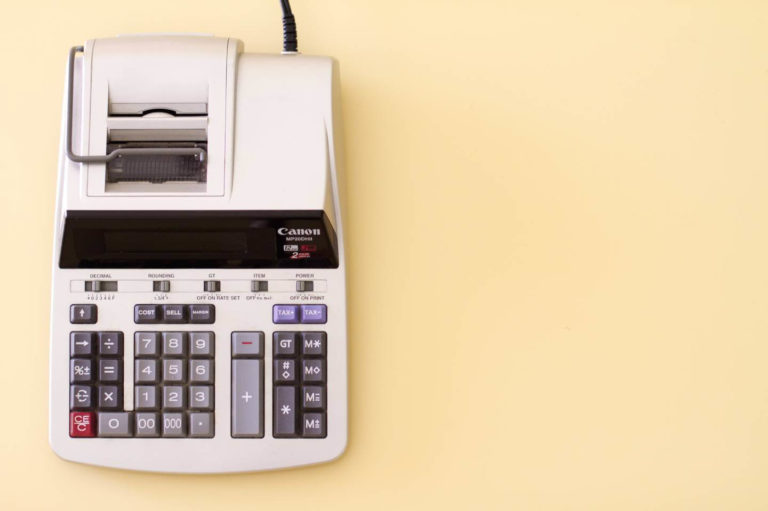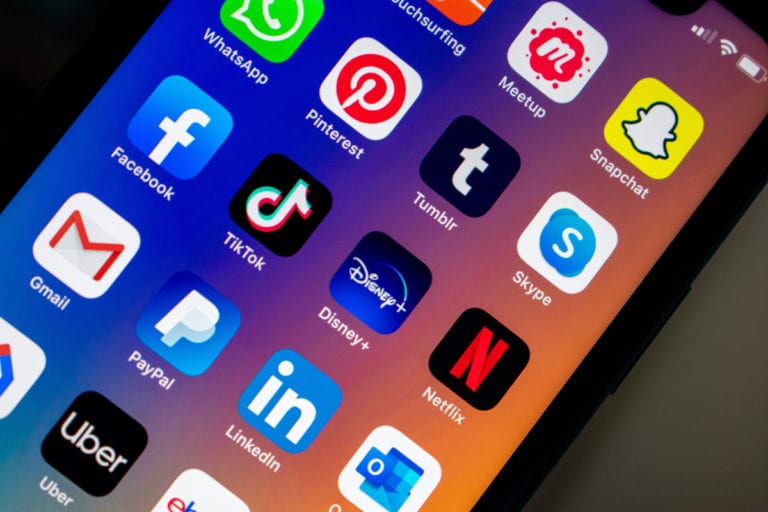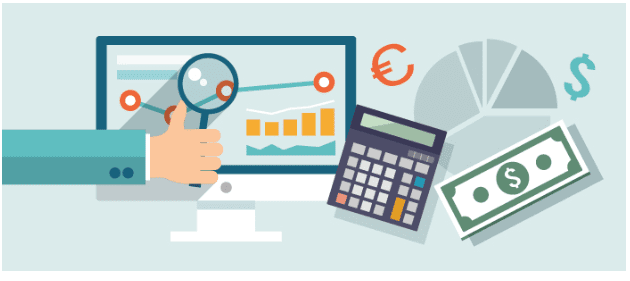This year, Slack is getting ready to go public… but not in the way you might expect.
In January, many reports suggested that Slack planned to go public by directly listing their shares on the stock exchange rather than going to market following the traditional IPO process. It is now understood that this is indeed the approach they are taking.
According to a press release that was filed in early February of 2019, Slack filed confidentially that noted that Slack “submitted a draft registration statement on Form S-1” to the SEC. There is a public listing that is due to take place after the initial review process has been completed by the SEC.
What is Slack?
If you don’t know what Slack is, where have you been!? Initially released in August 2013, Slack is a cloud-based team collaboration tool that was created initially by Stewart Butterfield for use internally by his company at the time, Tiny Speck. Since this time, Slack has managed to build something of a cult following online by offering a high-quality product and experience for their customers.
Why Aren’t They Doing an IPO?
When a company opts to list its shares directly rather than follow the IPO route, they don’t create any new stock to sell. Instead, it is the existing shareholders who put up their existing shares for sale. This, as you may have guessed, doesn’t raise any extra money for the company.
You may be wondering what the point of this is. After all, don’t companies go public because they want to earn money? Well, not always.
While IPOs are common among new companies, they are not the only option available when an established company is going public. A direct listing is really only a viable option, however, for a company that can afford to sacrifice the cash boost that an IPO offers.
This is clearly the case for Slack Technologies. Last August, the company raised $427 million in a single funding round when the company was valued at $7.1 billion. With all that cash to splash, it becomes clear just why Slack isn’t bothering with an IPO.
Some Start-Ups Do List Directly, Though
While an IPO is usually the best option, start-ups can try to list directly. This avoids them having to pay massive underwriting fees that are associated with a typical IPO. It is, however, a very risky move if the start-up cannot generate enough interest (and thus funding) from potential investors.
To give you an idea of just how rare a direct listing is, the only company to have ever gone through the process in the U.S. was Spotify and they had Goldman Sachs, Morgan Stanley, and Allen & Company on their side as advisers… the very same trio of companies that Slack is utilizing for its direct listing.
So, When Will Slack Go Public?
For several years now, there has been plenty of speculation surrounding the company and when they would finally go public. The co-founder of Slack, Stewart Butterfield, went on record in 2016 to say that he runs a business in a manner that affords him the luxury of being able to go public when he wants to at the drop of a hat.
His reasoning for not going public at that time was because he wanted to establish a long track record of success before taking the plunge.
Today, Slack has 8 million daily users. It appears as though this “track record” has been well and truly established. Given that the company is growing at more than 100 percent year in, year out, the smallest change—and going public is a huge change—can have a massive impact.
It is expected that the company will go public in the second quarter of this year, so any time during April, May, or June. This is not set in stone, however, and there has been no official line from the company as of yet.
We will just have to wait patiently and see when the company finally, after several years’ worth of resounding success, hits the public market.
